Uptime Intelligence’s predictions for 2025 are revisited and reassessed with the benefit of hindsight.
filters
Explore All Topics
Competition for grid power is increasing; data center operators need to use reserved grid power responsibly — to support business objectives, maintain strong relationships with authorities and avoid negative publicity.
Uptime's 2025 cooling survey found that fewer respondents cited sustainability as a primary driver for direct liquid cooling (DLC). Gradual advancement of DLC plans may be refining operator understanding of its incentives.
Superconducting busbars could offer a solution for delivering power to high-density racks, eliminating resistive heating and removing the need to shift to medium voltage distribution equipment.
Operators looking for low-carbon power may be assessing low-carbon hydrogen for standby or primary power. Except for niche applications, the technology is a long way from practicality.
Superconductive power cables promise faster, cheaper and simpler connections for data center operators waiting for power. They could also simplify campuses and microgrids.
In Northern Virginia and Ireland, simultaneous responses by data centers to fluctuations on the grid have come close to causing a blackout. Transmission system operators are responding with new requirements on large demand loads.
Several operators originally established to mine cryptocurrencies are now building hyperscale data centers for AI. How did this change happen?
The 15th edition of the Uptime Institute Global Data Center Survey highlights the experiences and strategies of data center owners and operators in the areas of resiliency, sustainability, efficiency, staffing, cloud and AI.
The data center industry is on the cusp of the hyperscale AI supercomputing era, where systems will be more powerful and denser than the cutting-edge exascale systems of today. But will this transformation really materialize?
AI training can strain power distribution systems and shorten hardware life - especially in data centers not built for dynamic workloads. Many operators may be underestimating these risks during design and capacity planning.
In 2025, three US states passed legislation to manage data center access to energy and water resources, protect residential electricity rates and mitigate electrical grid instability - which may prompt other states to follow suit.
Training large transformer models is different from all other workloads - data center operators need to reconsider their approach to both capacity planning and safety margins across their infrastructure.
Underground hot rocks are emerging as a source of firm, low-carbon power for data centers, with new techniques expanding viable locations. Compared with nuclear, geothermal may be better positioned to support planned data center growth.
Join Uptime experts as they discuss and answer questions on grid demands and sustainability strategies while debating how to meet decarbonization goals. This is a member and subscriber-only event.
 Andy Lawrence
Andy Lawrence
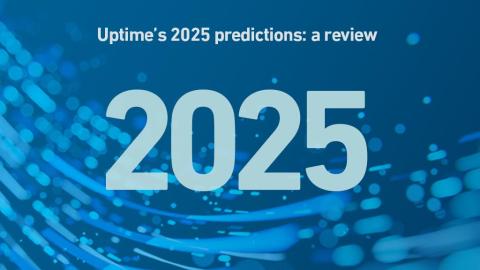
 Dr. Tomas Rahkonen
Dr. Tomas Rahkonen

 Jacqueline Davis
Jacqueline Davis

 Peter Judge
Peter Judge
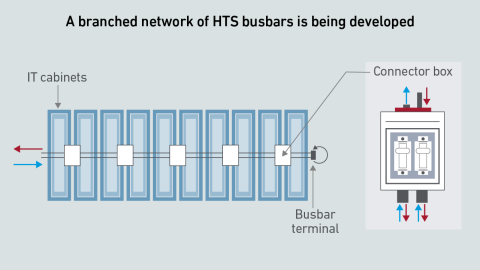
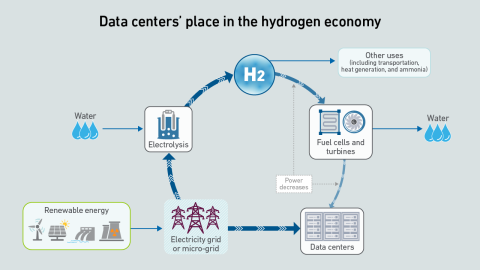
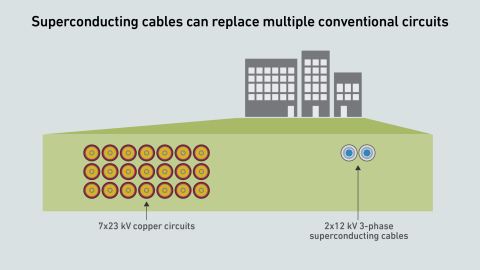
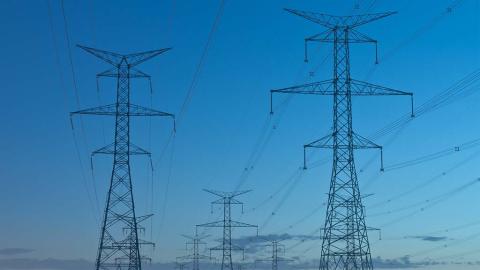
 Max Smolaks
Max Smolaks
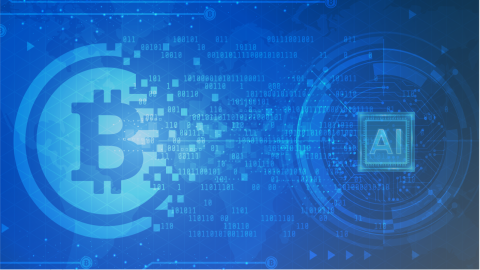
 Douglas Donnellan
Douglas Donnellan
 Daniel Bizo
Daniel Bizo
 Dr. Owen Rogers
Dr. Owen Rogers
 Rose Weinschenk
Rose Weinschenk
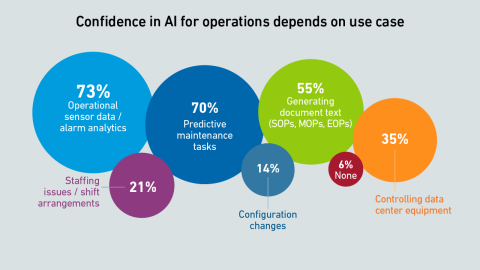
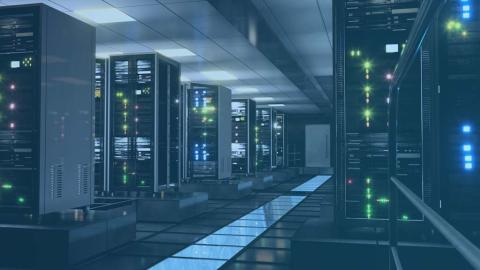
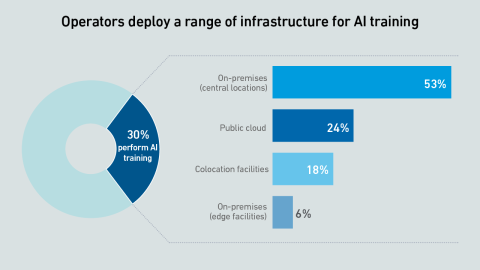
 Jay Dietrich
Jay Dietrich


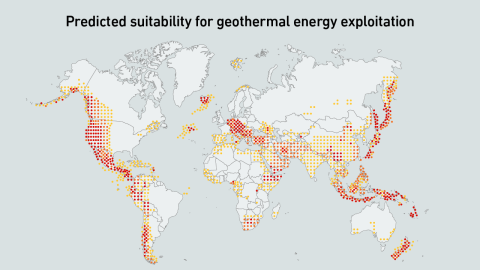
 Jay Paidipati
Jay Paidipati
